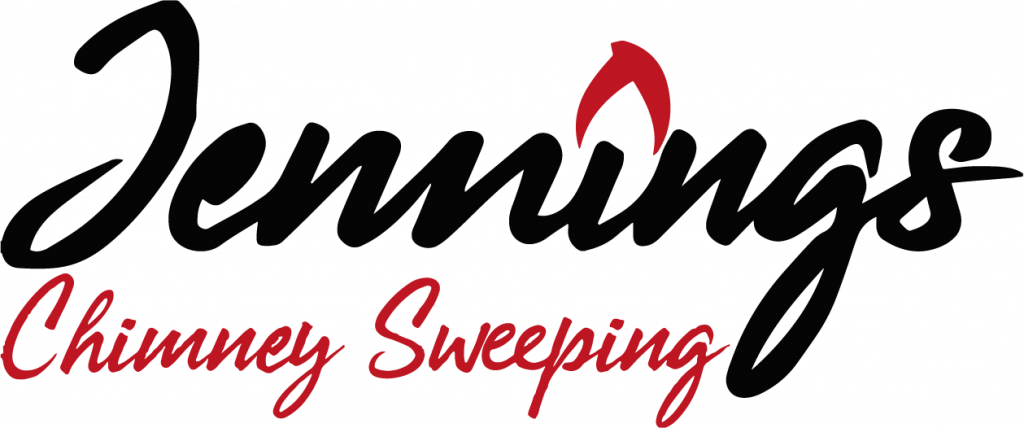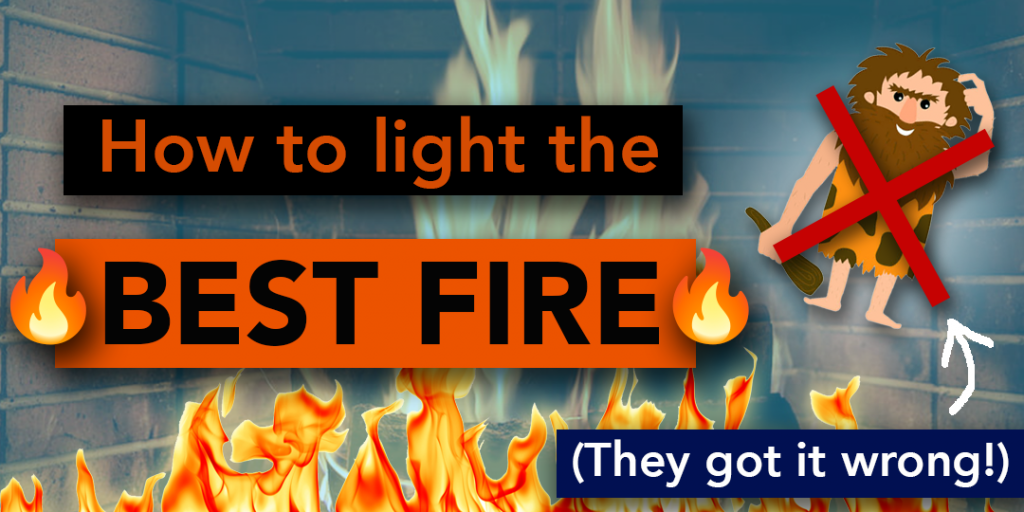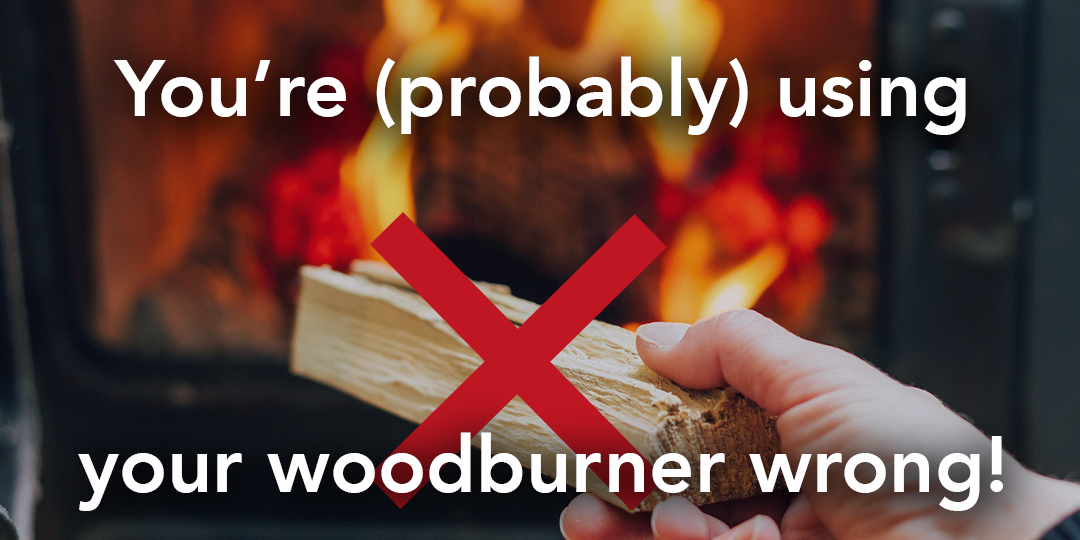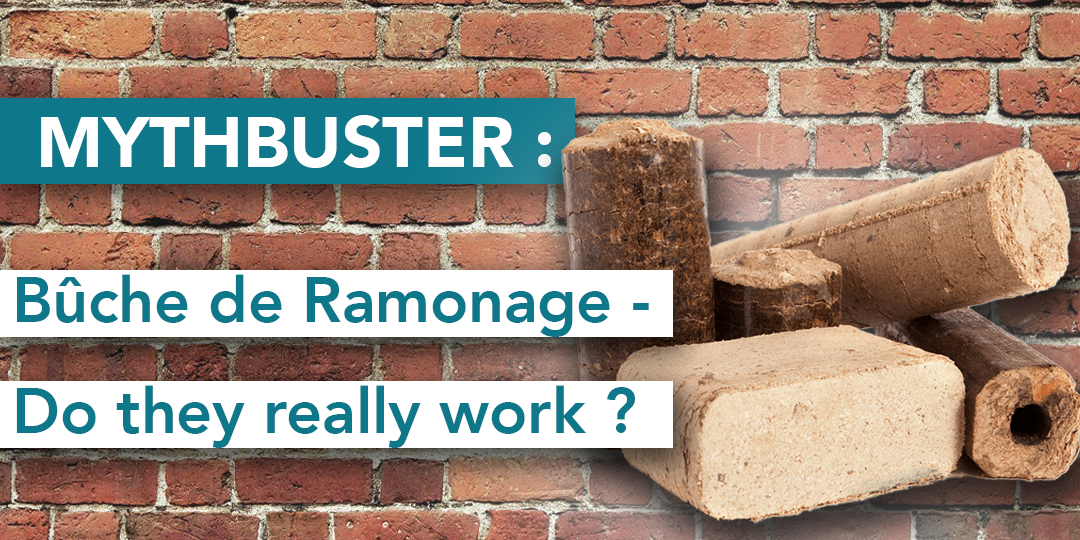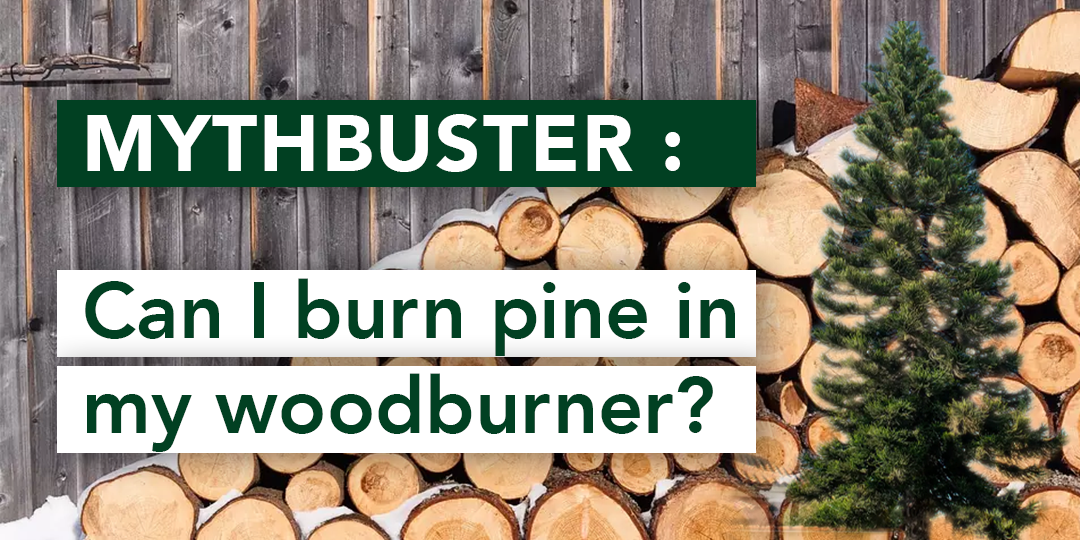Roughly 1 million years ago, our early human ancestors, the Homo Erectus, achieved a pivotal feat in the evolution of humankind: the lighting of the first fire. Since this monumental moment, fire has served as a beacon of civilisation, a source of warmth, protection, and culinary innovation. From ancient dirt hearths to modern wood-burning stoves, the quest to master the flames has been an enduring endeavour, steeped in tradition and ingenuity. Among the myriad techniques passed down through the ages and relatively recent innovation, we have discovered what we believe to be the best method for lighting a fire.
Understanding ‘Top-Down’ Lighting
The exact origins of the ‘top-down’ method of lighting a fire are difficult to pinpoint. What we do know is that the genesis of the method is from Scandinavia, where harsh cold winters combined with an abundance of forests and firewood necessitated efficient and effective fire-building techniques to provide warmth and sustenance for its people.
The ‘top-down’ method upends the very core of our fire lighting understanding, literally. The method involves arranging our firewood/kindling formation in the complete inverse of what our ancestors have done for the last 1,000,000 years, placing our firewood at the bottom of our formation and laying the kindling on top. Once our firewood is placed, kindling is set in a ‘lattice’ formation (think Jenga but without the middle blocks) along the firewood and placing our firelighting cubes (or wax shavings) within the formation, then setting it ablaze.
Top-Down vs Traditional
The reasons why the top-down lighting method is so effective come down to two main reasons:
- The ‘lattice’ formation maximises airflow through the kindling formation, allowing the oxygen, which will react with the wood gases, to cover a larger surface area, increasing the efficiency of the burn and raising the temperature of the fire much faster.
- Around 80% of the heat we can benefit from when burning wood comes from the wood gases. The gases are released as the wood heats up and naturally rise. This causes all wood to burn from the ‘top down’. (This is also why wood-burning stoves do not need or have a grate at the base of the firebox)
When setting a fire using the ‘traditional’ method, even if you were to use a lattice formation below the denser firewood, the flames from the kindling below cause the gases stored in the firewood to be released before there is enough heat for them to combust. This happens due to combustion requiring three elements: fuel, oxygen, and heat. Although there is plenty of fuel stored within the dense wood and plenty of oxygen supplied by the air vents of the stove (or surrounding air with an open fire), there is not yet enough heat to cause the combustion reaction (wood gases + oxygen) to occur. As a result, plenty of smoke is released from the wood and is wasted up the chimney before it has a chance to combust.
By placing the easy-to-burn kindling atop our denser firewood, the kindling burns quickly and efficiently and doesn’t set alight the dense firewood below until there is enough heat for the reaction to take place. As around 80% of the heat we get from wood is the actual wood smoke, it is imperative that we do not release it and waste it up the chimney before it is ready to burn.
Benefits of the Top-Down Method
More efficiency – As there is only x amount of heat available for reactions to take place whilst things are getting up to temperature, limiting the amount of smoke released stops the excess gases competing for available energy in their quest to react with the available oxygen. By controlling the smoke release rate, we are able to burn as much as the wood gases as possible before they are wasted up the chimney
Preheat the flue and appliance – The efficient combustion from the kindling allows as much heat to be utilized as is available, getting the flue up to temperature as fast as possible. This is important as any wasted fuel that enters the chimney before it reaches 125°C will condense back from a gas to a solid, from wood smoke to creosote/tar and stick to the inside walls of your chimney.
Minimal tending – By setting all your fuel in one formation, you can light the fire and allow it to do what it needs to do without having to worry about adding on larger and larger pieces of wood until it has caught.
It looks pretty – Without filling the firebox with smoke, you are able to clearly see the fire as it catches. Want to see what this looks like? Check out the video below.
Step-by-Step Guide to Building Your Top-Down Fire
- Gather your dry (20% moisture content maximum) firewood, kindling, preferred firelighter (See which is best here) and your matches/lighter.
- Make sure all the air vents on your stove are on their most opened settings
- Begin by placing your large, dense firewood at the bottom of your stove, covering the entire grate/base. For an open fire, a minimum of 3 logs should be used
- Layer your lattice formation atop the firewood base, covering it from one end to another and feed your firelighters into a few of the gaps. (See below for tips and tricks)
- Light the firelighters and close the door.
- Wait for the fire to establish and control as normal. No more tending will be required.
Tips for Success
Test your firewood to make sure it is seasoned properly – You can use a moisture meter for this. 20% moisture is the absolute maximum allowance but the aim should be to burn wood around the 10% mark.
Don’t be stingy on your kindling! – This is the #1 mistake many make when lighting their fires. Be generous and form a lattice of 3 of more layers of kindling like you see in the video above.
Try leaving your door on the latch – This allows additional oxygen to be funneled into the appliance so it can react with the wood gases. Not all stoves benefit from this so try it and monitor the results
Experiment and adapt – As with any firelighting technique, don’t be afraid to experiment and adjust your approach based on factors such as weather conditions and the type of wood available.
Conclusion
The top-down method of firelighting offers a time-tested and reliable approach to building the most efficient fire possible. Time now to gather your firewood, follow the steps outlined above, and master lighting the perfect fire.
